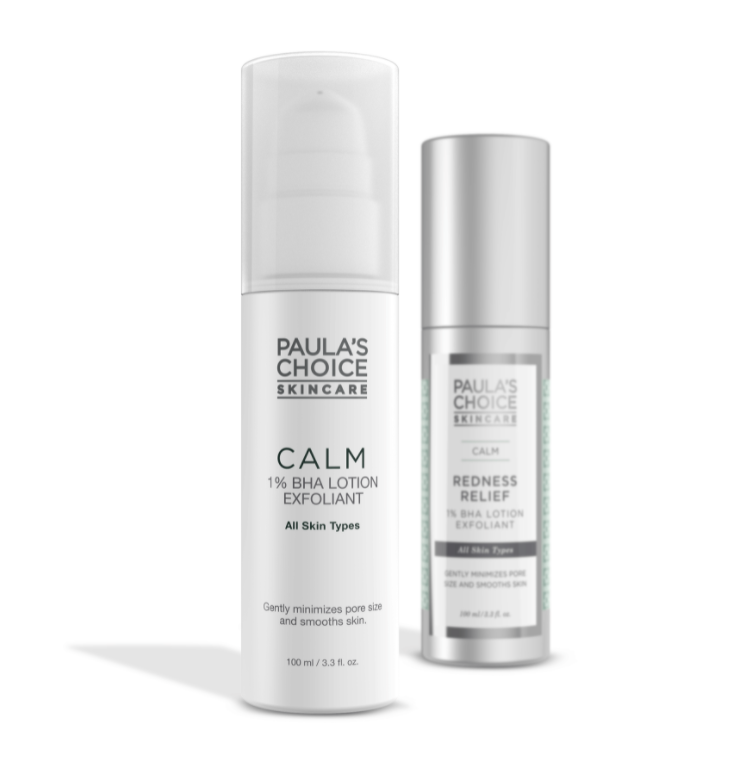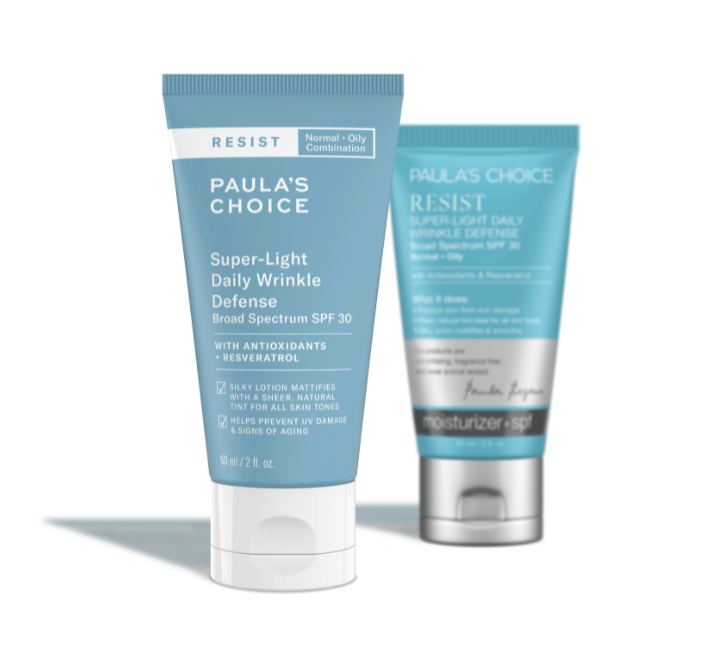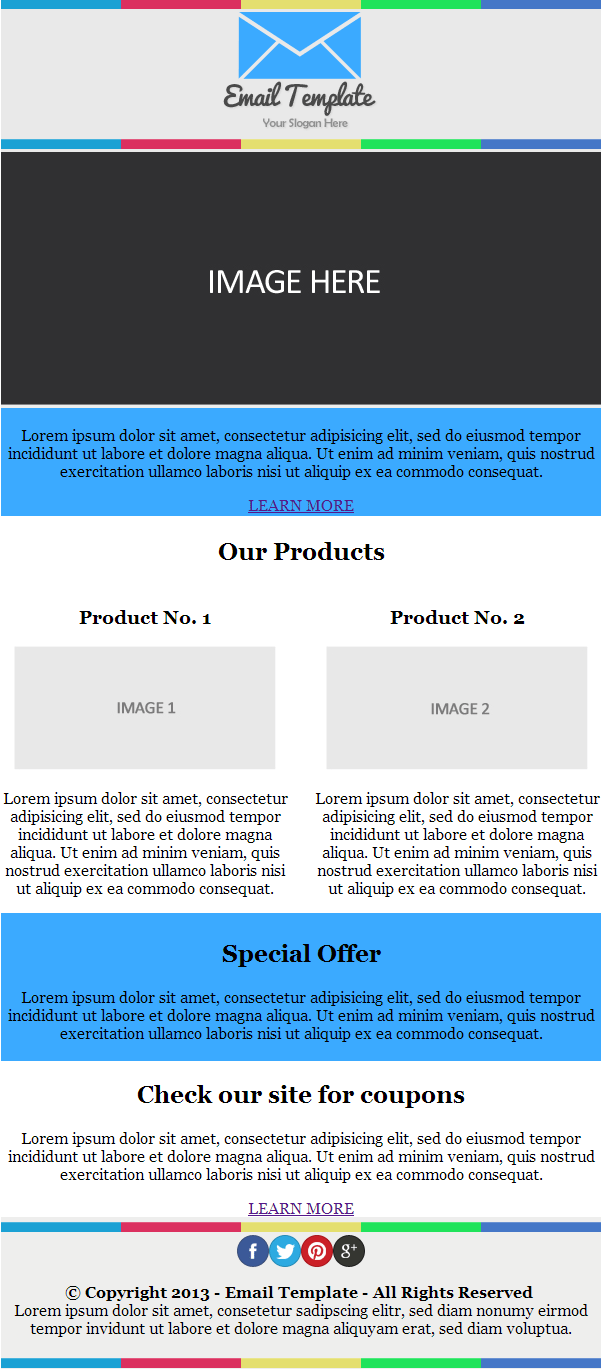From the typography to the logo to the product packaging, it’s evident to prospects and customers when a brand has a cohesive design — and when it doesn’t.
Given that 94% of first impressions are design-related, the stakes are high to perfect the brand image and then maintain the design. However, as time goes on, it’s possible for a brand’s design to veer off course to the point where it’s no longer cohesive.
This type of scenario often happens when marketing teams get bigger and more people have a hand in the content creation and design process. This can also happen when branded content is distributed across many different platforms (i.e., email, website, social media, etc.).
Regardless of the cause, what’s most important is that you conduct regular audits to catch design inconsistencies as soon as possible and then keep the overall design consistent.
If this topic piques your interest, here are some of the most important steps to take when running a full-scale design audit for a brand.
1. Adopt an objective perspective
Table of Contents
The last thing that any designer or marketer wants is for the brand design to be inconsistent. At no point should there be competing versions of a design, but believe it or not, this can happen.
One example is if there are multiple variations of a logo across social media posts, emails, and other content types. Because the logo is one of the most defining aspects of a brand, even subtle changes can make the brand design less cohesive.
And let’s face it: If the brand design is vague and inconsistent, prospects and customers might immediately assume that the brand itself is untrustworthy and unreliable.
When it comes to design audits, it’s important to start with an objective mindset. It can be hard to notice design flaws when you’re going about your normal day-to-day responsibilities, so take a step back and analyze the most recent design samples as objectively as possible.
2. Start auditing channel-by-channel
An audit is a great way to make sure all of a brand’s creative remains consistent, but it’s also an opportunity to start planning for the future. Maybe your brand wants to launch a full-scale rebrand next quarter. Or maybe you’re interested in giving the current design an updated look.
Especially when you’re managing several channels at once — i.e., the website, blog, email, Instagram, Facebook, etc. — it’s a good idea to audit each of these channels separately before making a final judgment about the design as a whole.
With that being said, let’s take a look at a few of the channels you’ll want to look at during your design audit:
The website
There are a number of reasons why someone ends up landing on a brand’s website. They might click through a link in an email newsletter or social media post. Or maybe they just want to learn more about the company after reading one of the blog posts.
Whatever the case, the design is one of the first things people pay attention to when visiting a website. When the website’s visuals and functionality are optimized, people are far less likely to bounce. Here’s one example of a brand that has created a well-designed website:


Not only does this website have aesthetically pleasing visuals, but the user experience is also seamless (i.e., the page load time is fast and the developers used scroll animation).
As you audit a brand’s website, start collecting as much information as you can about the site’s performance. Take note of the average load time, analyze data from heat maps, and reassess image quality.
Once you identify areas for improvement, you can get to work on the solutions.
It’s important that brands are represented the same way on their website as they are on social media platforms. If the website design is modern and optimized but the social media content isn’t, this can be a major red flag for prospects and customers.
Let’s say your brand has three active social media accounts where you share organic and paid content regularly. By conducting a design audit, you can make sure that these accounts are visually in sync with each other and your other channels.
At the end of the day, viewers shouldn’t have any doubt that it’s the same brand running the website, Instagram account, YouTube channel, etc.
The products
Design audits don’t just happen on digital platforms. In fact, one of the most important steps a brand can take is reevaluating the design of its product packaging.
As you can see from the images below, skincare brand Paula’s Choice decided to refresh the design of its products and documented that process here. Even though nothing was changed on a formulaic level, this design pivot instantly made the branding more modern, simple, and sleek.




During a design audit, consider how you might revamp your product packaging to make your brand more attractive to prospects. Simple and strategic design changes can make a big difference in the short- and long-term.
3. Pay attention to these key areas
Even though brands share new and diverse types of content every day, four elements should always be consistent across all of the brand’s channels: The logo, color scheme, typography, and design size.
Aside from the brand voice, the design is one of the main ways you express a brand’s identity. Does the brand have a minimalistic and modern feel? Or is it more retro and creative?
Whatever the case, an audit is a great opportunity to take your existing design to the next level or fully reimagine what the brand design could be.
At this stage, take inventory of how you’ve been presenting the logo, color scheme, typography, and design size across different channels. If there’s any discrepancies between the fonts and colors you use, this informs the final step of your auditing process — which is identifying problems and potential solutions.
4. Identify problems and potential solutions
Toward the end of a design audit, the focus shifts from collecting data to analyzing data. Once you have all of the information you need, you can start noticing patterns and gaps in the design that need improvement.
Maybe there are one too many variations of the logo. Or maybe your website and social media look like they’re being run by two different brands — instead of just the one.
In the process of conducting an audit, you’re able to unearth problems that you might not have noticed otherwise. The next important step is to implement actual changes based on all of the information you’ve gathered.
By conducting regular design audits, you can optimize your brand design and promote sustainable growth for years and years.
Mackenzie is a copywriter at Soundstripe, a stock music company that provides filmmakers, creators and advertisers with SFX and royalty free music for Instagram (and many more genres).






